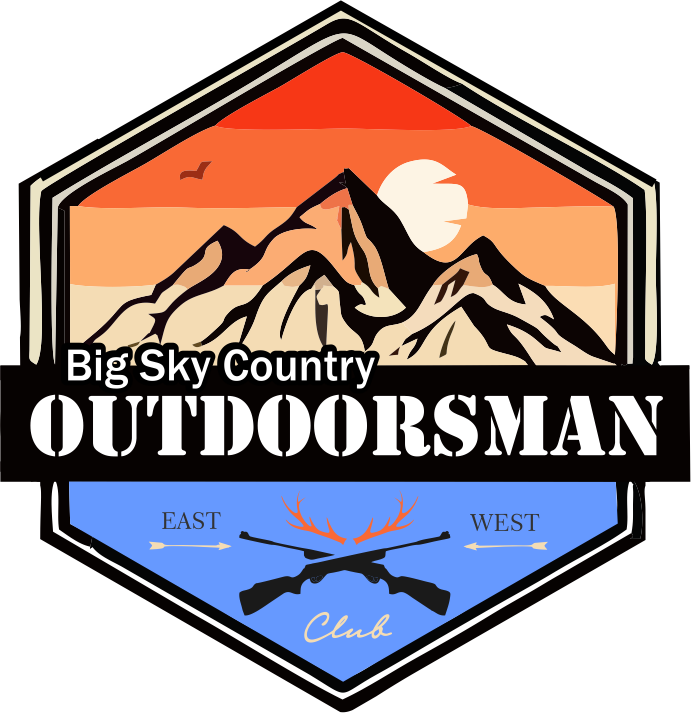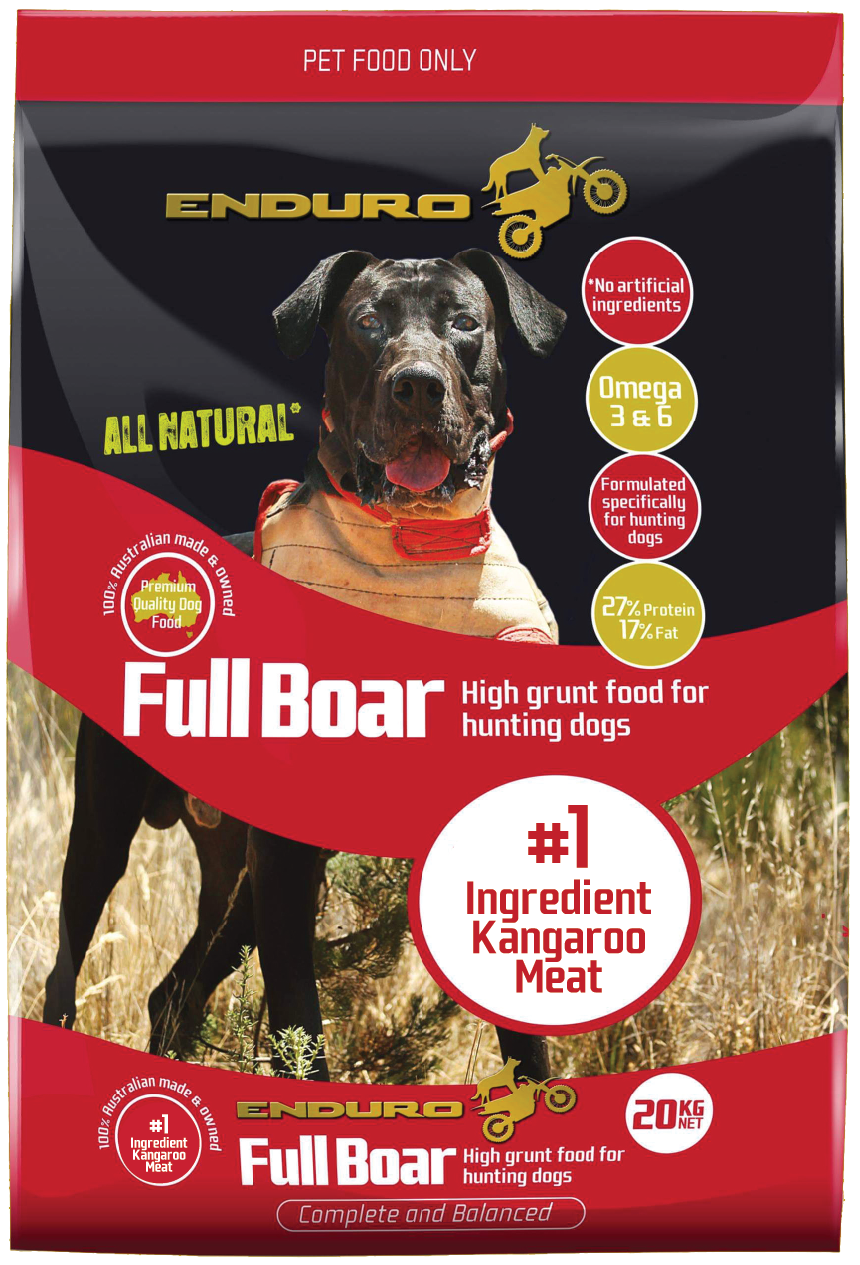Our Blog
Starting Your Pheasant Dog
Finding and Starting Your Pheasant Dog
I talked with a wide variety of “dog people” to learn what makes a great pheasant dog. Through these entertaining conversations, I gleaned a world of valuable advice, including these seven key tips to finding the dog that’s right for you.
Start With the Breed
Seems simple, right? The breed should match the hunter. If, for example, you always want your dog to stay close, you probably wouldn’t pick a big-running pointing breed. Likewise, if you regularly hunt late-season pheasants in heavy, snow-choked cover, a bigger breed like a labrador or Chesapeake Bay retriever might be better.
Or maybe you want a certain look. English setters and Deutsch-Drahthaars perform similarly in the field, but they certainly don’t look alike. Same with labradors and springer spaniels. In the end, the real choice is pointer or flusher.
Award-winning videographer Dave Roll has some advice on that: “A pointing dog is a wildlife videographer’s best friend!” It’s simple – you know where the bird is before you start shooting, with a gun or a camera. And his Brittanys come in handy for training new hunters, too.
“You can walk the new person up to the dog and say, ‘This is what’s about to happen,’” he said.
Roll is right: You can’t really do that with a flushing breed. But I’m still a lab guy!
Teach the Basics First
Brian Lynn was the Gun Dog editor at Outdoor Life for years. He said the basics are all you really need to hunt the dog. The finer points can come later, but you need the basics, said Lynn. “Sit, stay, heel, here. If you can do that, even if the dog isn’t great, you can hunt behind it because you’ve got control.”
Don’t rush the live-bird training, either. Wings are fine for young pups, but dogs get their permanent canine teeth at about 5 months. Before that, something moving in their mouth can be uncomfortable. Dokken calls 5 months “that magic period when they’re super focused.”
And don’t rely on an older dog to show the youngster the ropes. The older dog will get all the action. According to Dokken, “You’re actually cutting the younger dog out of the experience he should have.”
Make Them Part of the Family
This tip might raise some eyebrows among the hardcore trainers out there. For a long time, hunting dogs were relegated to a concrete kennel out behind the house. They were well-trained, but pheasant hunters treated them as little more than tools of the trade. No more.
For Pheasants Forever’s Bob St. Pierre, his shorthairs, Trammel and Esky, couldn’t be any more important to his family.
“Maybe we anthropomorphize them a little bit,” said St. Pierre, “but they fill a void for us … our path in life is bird dogs.”
Chris Kalis is another Pheasants Forever staffer, and he agrees that his pudelpointer, Blaze, is an important member of the family. “Blaze has been really good for my family, especially my son, Mason.” A kid and a dog is still a powerful combo.
Size Matters
Some people, like professional trainer John Haugland of Go Bird Retrievers, favor certain dogs because of their size. Haugland is a Chesapeake Bay retriever guy at heart because he loves hunting wild roosters in snow-choked cattail marshes. December is his month, and Chessies are the dogs for the job. “I like how durable they are,” said Haugland. “You can put them in a 40mph wind in a blizzard, and they just go.”
Pheasants Forever’s Anthony Hauck has a different theory. He has two field-bred English cocker spaniels, Sprig and Smidge. According to Hauck, those little dogs follow the same tunnels through the snow-choked cattails that pheasants use. “These cockers have a knack for just burrowing and finding those tunnels,“ said Hauck. “They eat less, too!”


Facebook Comments